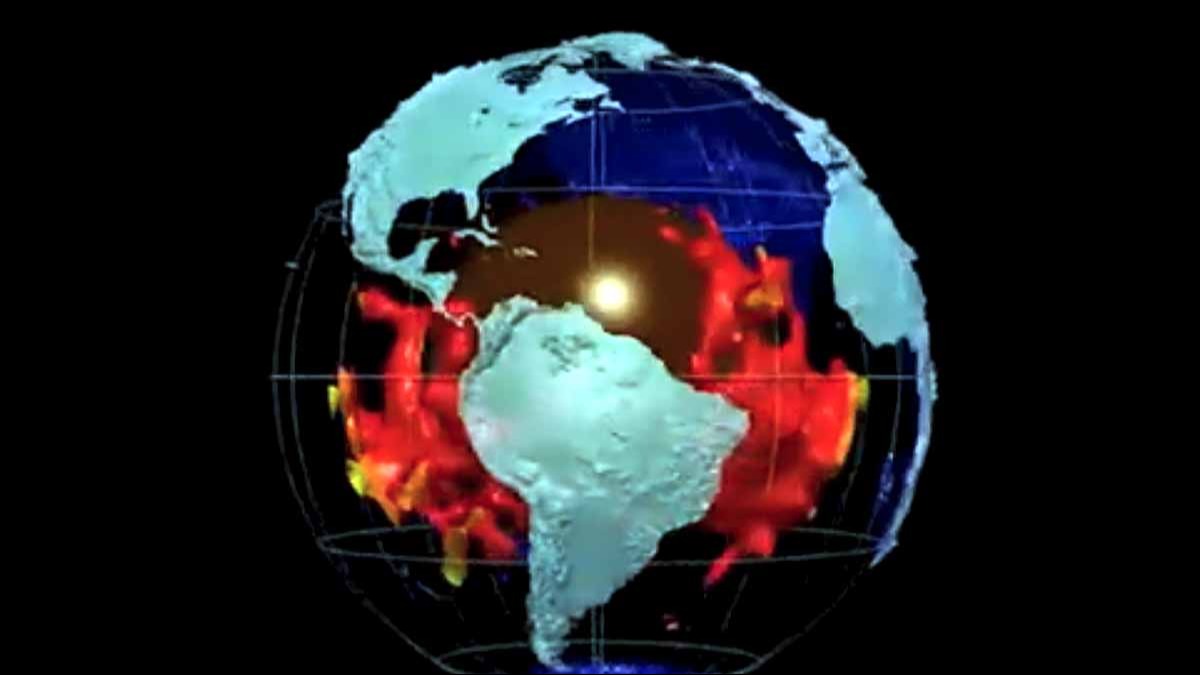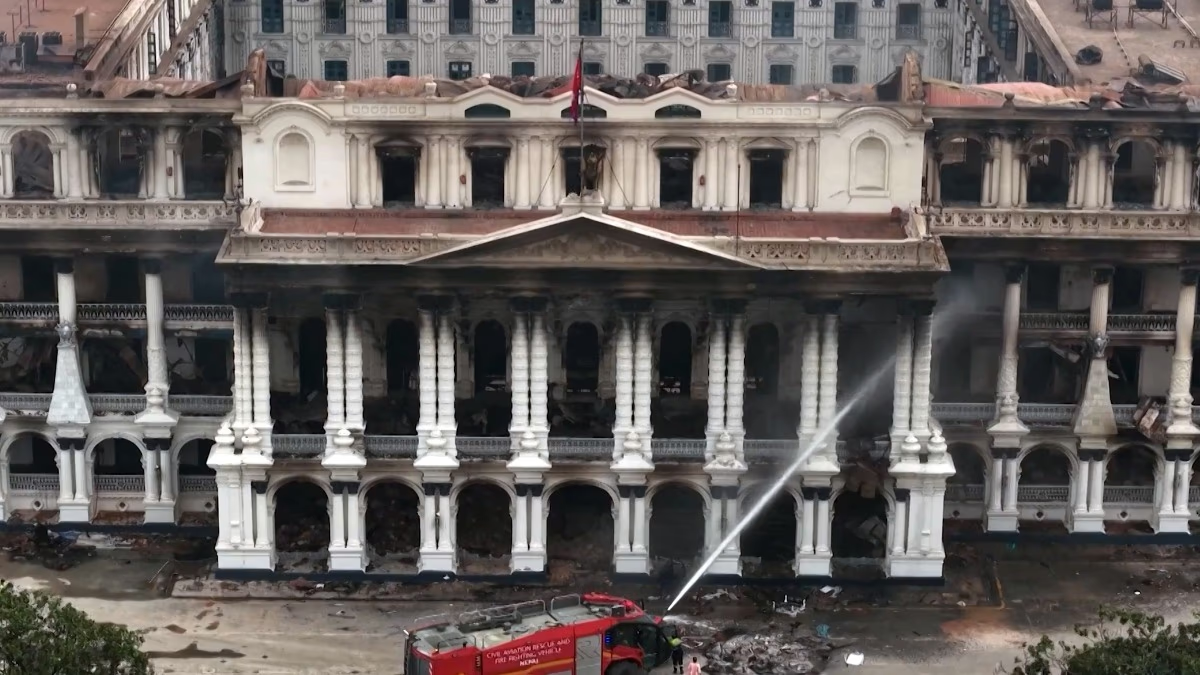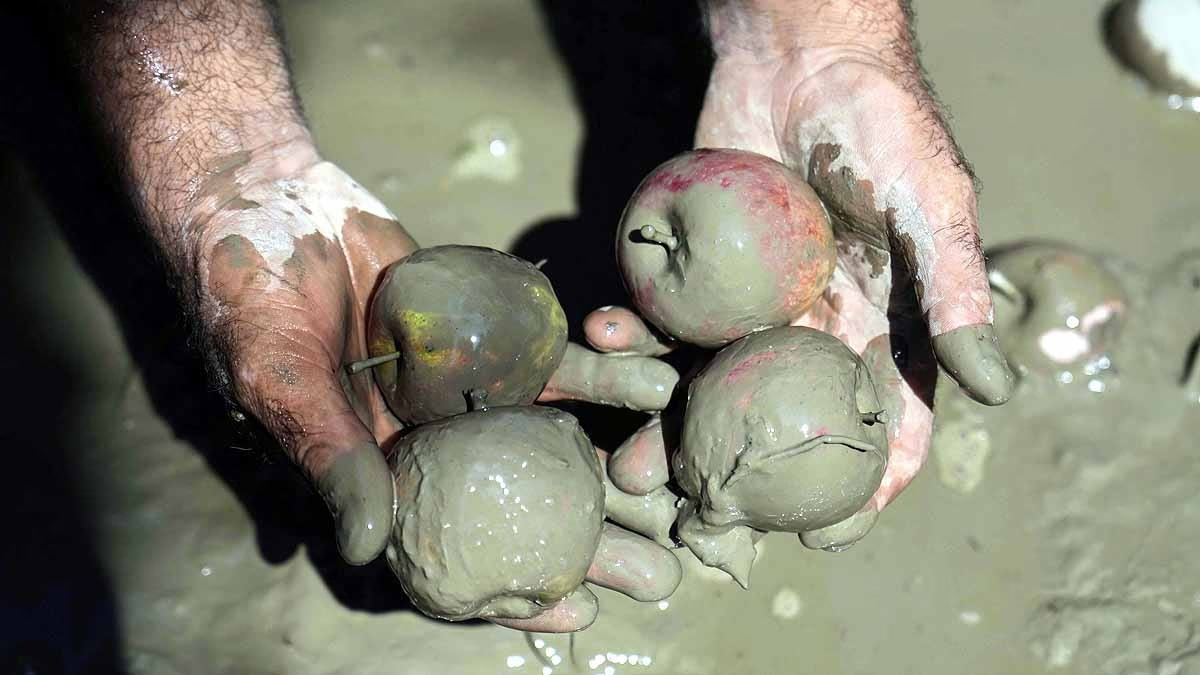The story dates back to Earth's formative years, some 4.5 billion years ago. A smaller planet named Theia collided with Earth in an event known as Theia Impact. The moon's creation is attributed to this cataclysmic clash, but some remnants of Theia merged with our planet's interior.
These remnants persist today below the continents of Africa and the Pacific Ocean. Theia, named after a Greek Titan that, after fusing with Earth, bore a daughter named Selene—the goddess who personifies the moon. Beyond the moon's birth, this event played a pivotal role in the harmonic spin and alignment of Earth with its lunar companion.
Following the collision, a ring of debris encircled Earth, reminiscing the rings of Saturn. As eons passed, the debris cleared, leaving only the moon behind. Some continued to collide with the moon, contributing to its formation, while others dispersed into space.
Scientists have fondly dubbed the subterranean remnants of the other planet 'the underworld realms.' Prior assertions had long confirmed the existence of two such 'underworlds' beneath Earth—one under Africa and the other beneath the Pacific Ocean. Seismologists in the 1970s deciphered that two such continent-sized regions lie deep within the Earth's mantle.
These mysterious regions, now called 'blobs,' are denser than their surroundings and decidedly solid. They allude to ancient Earth's collision with the Mars-sized planet Theia. Scientists believe that Theia's properties—its chemicals, rocks, and soil—could be intermixed within our moon's composition. However, the intriguing question remains: how did the underworld realms within Earth take shape?
These two gigantic blobs lie 2,900 kilometers deep in the Earth's mantle, likely formed during the planet's initial construction phase. Earth has been constantly evolving over its 4.5 billion-year history. These blobs envelop Earth's core and are referred to by scientists as Large Low-Shear-Velocity Provinces (LLVPs).
The discovery of these LLVPs was made while studying the propagation of seismic waves, which interact differently with various materials. These waves travel at disparate speeds and patterns, revealing the presence of the ancient tectonic slabs brimming with energy.
These blobs are floating on a sea of lava near the mantle's base. A significant part of Theia broke off to become Earth's moon, while a fraction remained inside the planet, visibly forming the blobs. Theia's materials make up only 2-3% of Earth's mass, yet the blobs are 2 to 3.5 times as dense as their surrounding materials and are remarkably rich in iron content.




